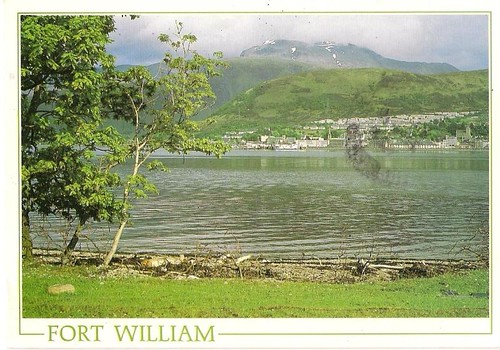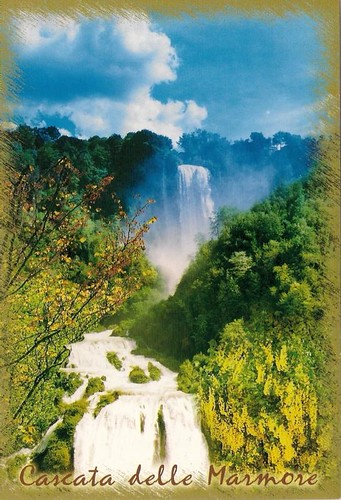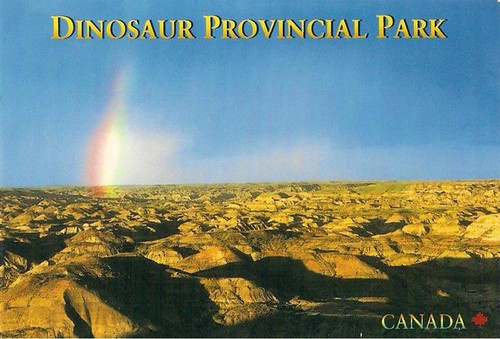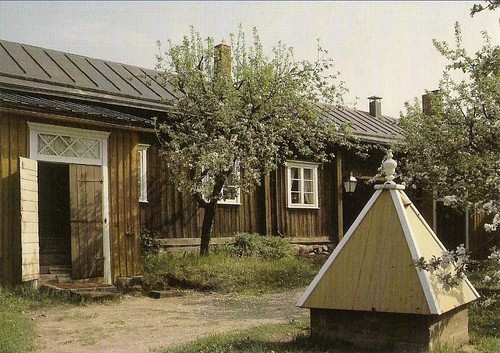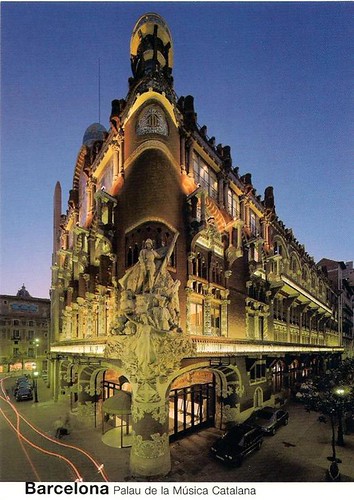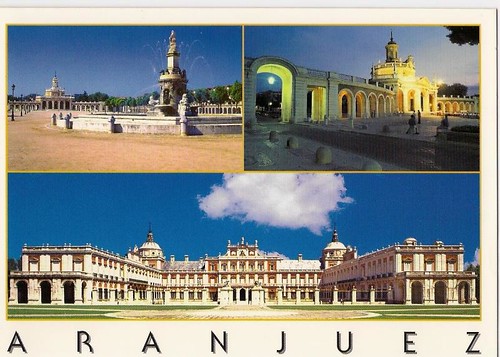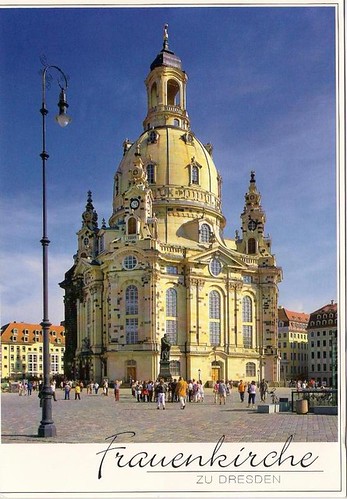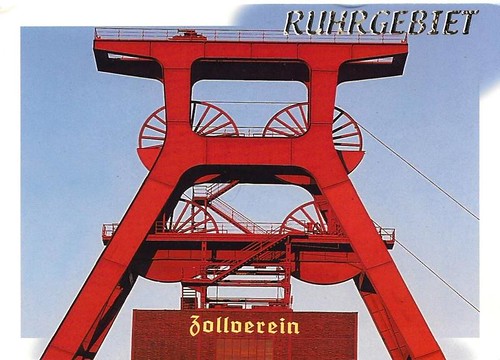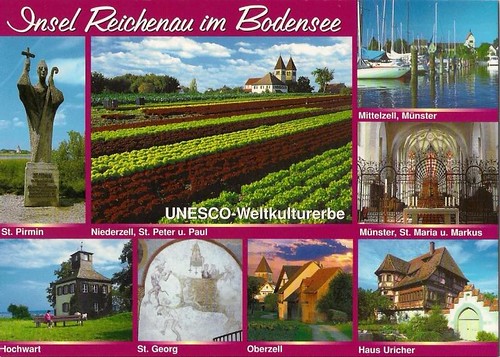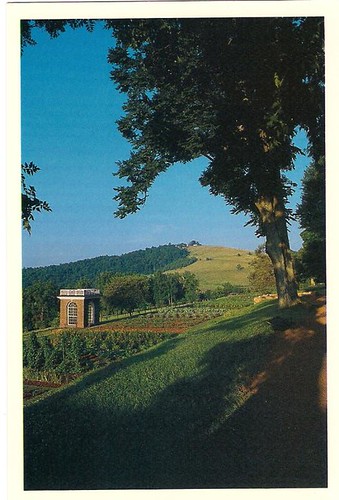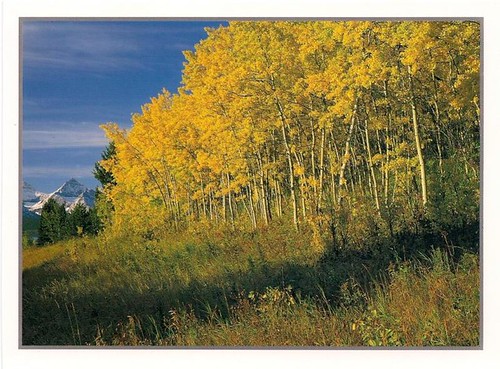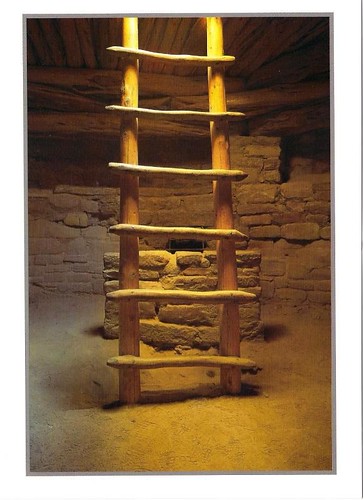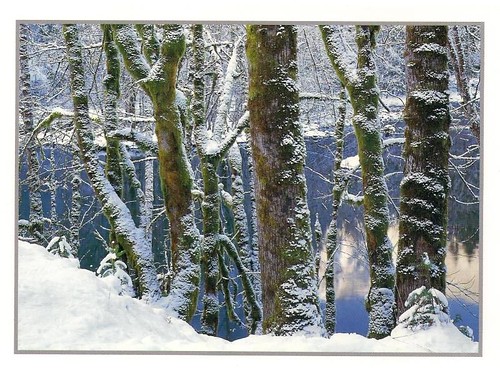Wrangel Island, Russia
Wrangel Island is an island in the Arctic Ocean, between the Chukchi Sea and East Siberian Sea. Wrangel Island lies astride the 180° meridian. The International Date Line is displaced eastwards at this latitude to avoid the island as well as the Chukchi Peninsula on the Russian mainland. The closest land to Wrangel Island is tiny and rocky Herald Island located 60 km (37 mi) to the east.
Wrangel Island belongs administratively to the Chukotka Autonomous Okrug of the Russian Federation. This rocky island has a weather station and two permanent Chukchi fishing settlements on the southern side of the island


